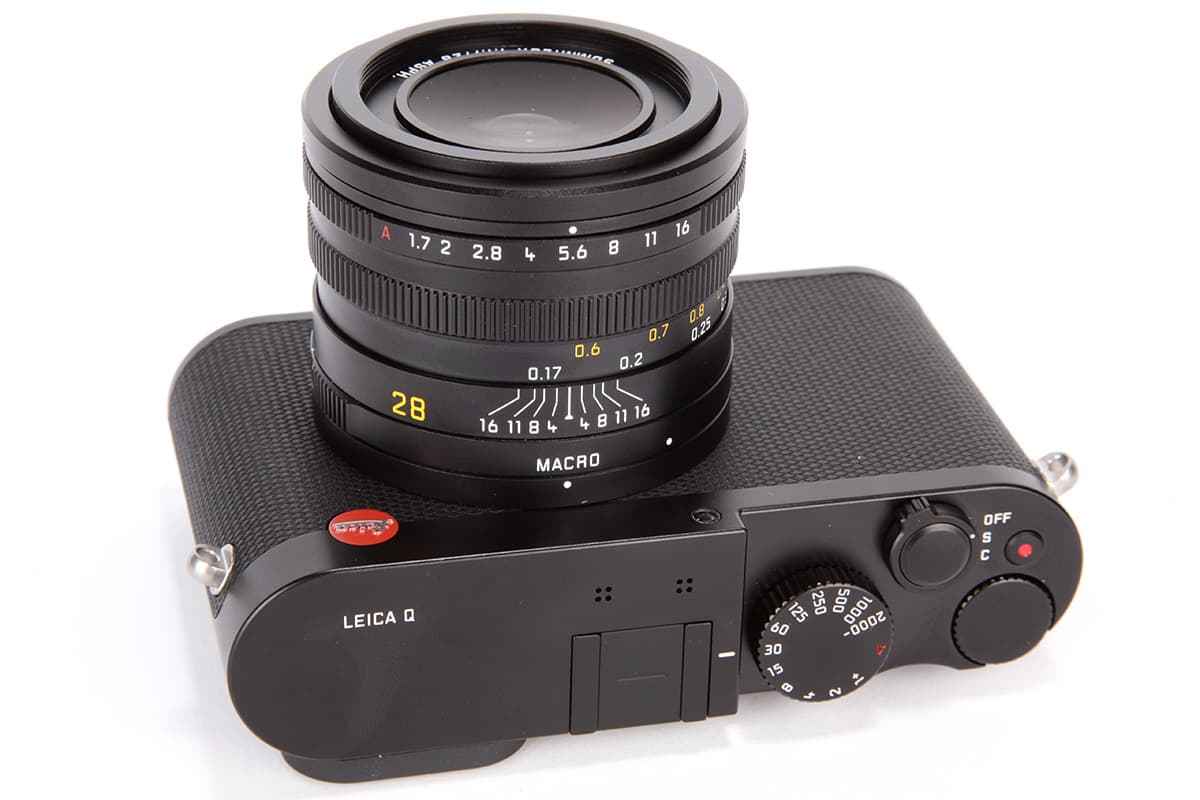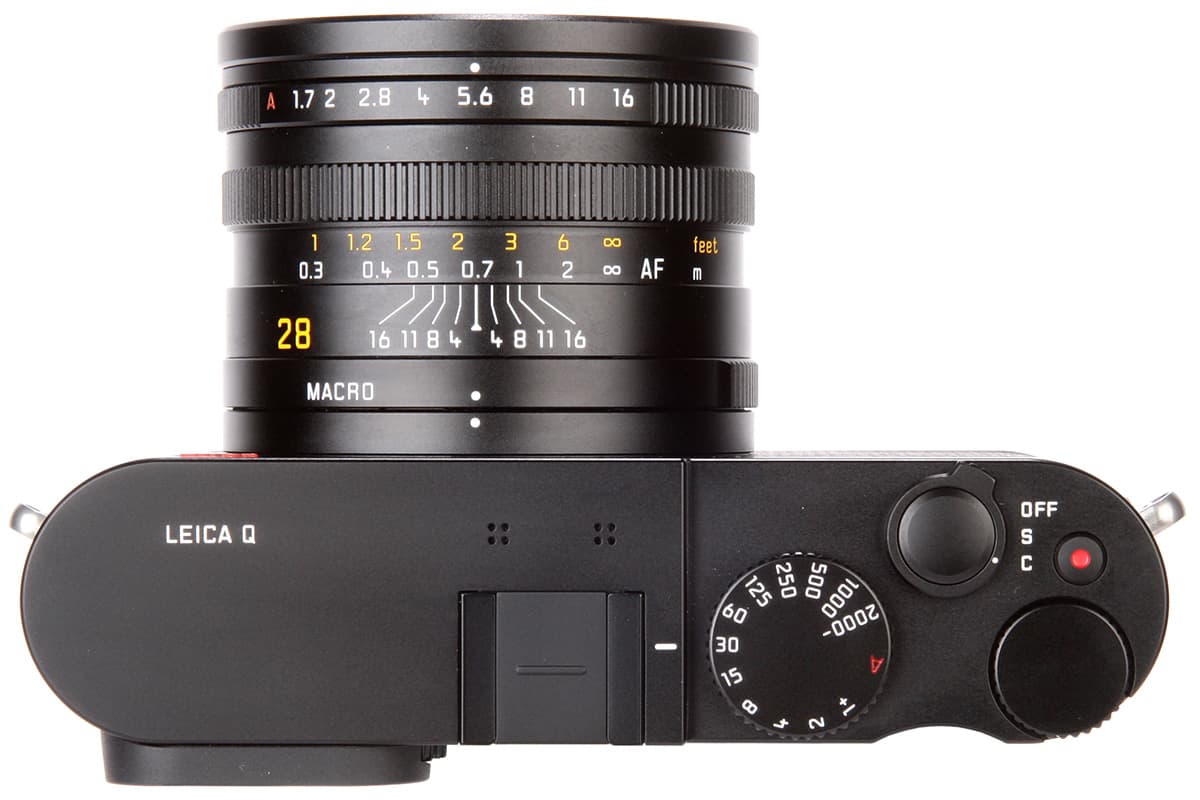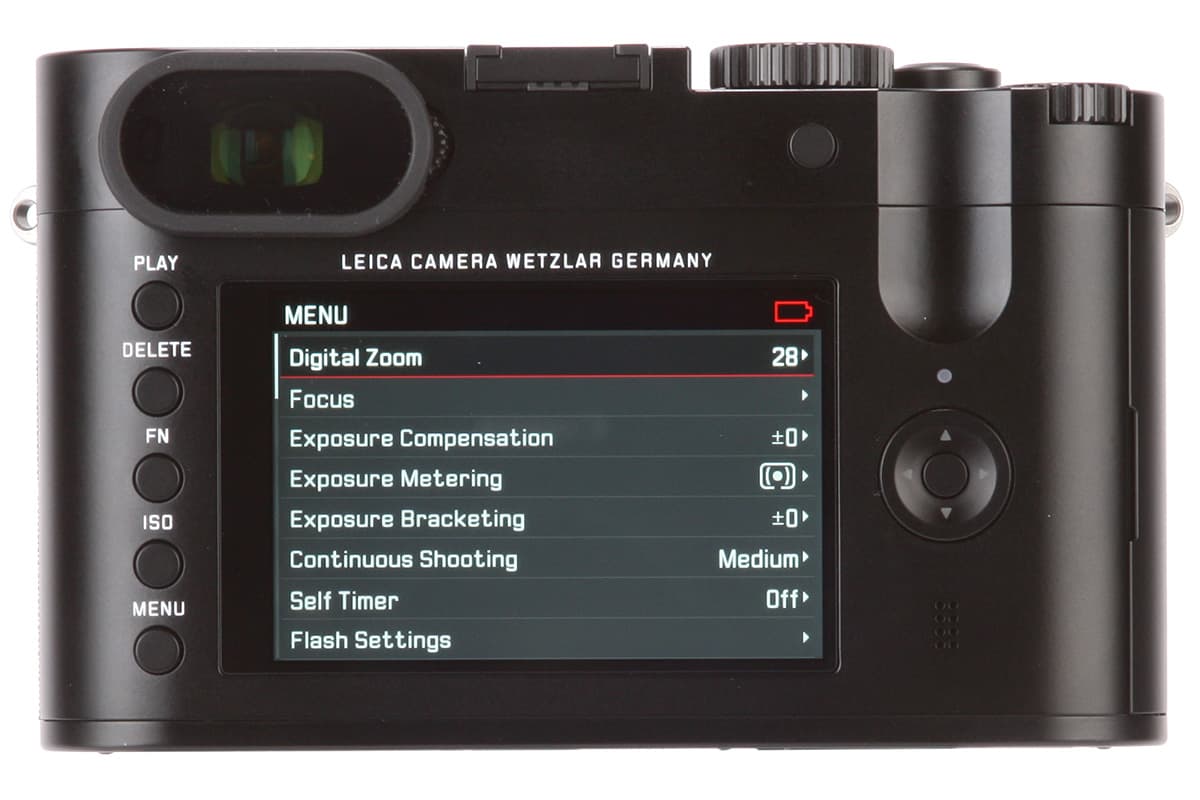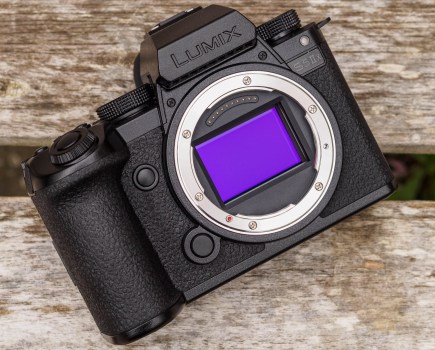

 The Leica Q carries a 24-million-pixel, full-frame CMOS imaging sensor and a maximum ISO of 50,000.
The Leica Q carries a 24-million-pixel, full-frame CMOS imaging sensor and a maximum ISO of 50,000.
It seems that the Leica Q will not be a one-off and we can expect there to be other versions, carrying different focal length lenses.
Jason Heward, managing director of UK-based Leica Camera Ltd said, ‘We are probably expecting, over time, other variants’, and added that the Leica Q is the beginning of a journey in ‘capturing decisive moments for the next 100 years’.
Though aimed mainly at street, architectural and landscape photographers, Heward said the camera has also garnered interest from fashion photographers and photojournalists, prior to today’s unveiling.
Priced £2,900, the Leica Q uses a ‘specially adapted’ Leica Maestro processor (14 bit), to help deliver a burst rate of 10 frames per second at full resolution (shooting in JPEG and raw mode). The Q incorporates 49-point AF in auto area selection mode. Also worth noting is that the 49mm filter-thread lens has optical stabilisation, which is turned off by default, and the inclusion of a configurable Fn button.
‘Broader’ appeal
The newcomer is designed to appeal to a broader audience than its rangefinder cousin, yet maintain professional appeal.
For example, the Q is lighter than the M but ‘heavy enough to feel right’, said Leica Akademie tutor Robin Sinha at a press briefing in London this morning.
Trumpeted as sensitive, fast and intuitive, the Leica Q uses a full-frame imaging sensor – with no low-pass filter – but the sensor is not the same one used in the Leica M (Typ 240).
The built-in electronic viewfinder looks impressive, boasting a resolution of 3.68 million dots. The EVF can display gridlines, electronic levels and shadow/highlight clipping warnings.
To assuage concerns among those who may be put off by a ‘fixed’ lens, the Leica Q houses a digital frame selector that allows users to shoot at equivalent focal lengths of 35mm or 50mm (reducing image resolution to 15MP and 8MP respectively).
‘The corresponding frames are displayed in the viewfinder at the press of a button,’ said the firm in a statement. ‘In the same way as with a rangefinder camera, photographers can still see what is going on outside the bright-line frame and can react much faster to changes in and around the subject.’
Leica adds that the selected framing is preserved in the JPEG files, while the raw files (in DNG format), record the entire field captured by the 28mm lens.
For beginners, Leica has included scene modes within the menu. However, in a bid to win over professionals, Leica has deliberately not allowed access to ‘amateur’ features such as panorama, time-lapse and miniature to overshadow other settings – and, so, has essentially hidden them away.
With a body made of magnesium alloy and top-plate from aluminium, the Leica Q boasts ‘exceptional endurance’. Its touchscreen can be used for focusing; and live view offers a Focus Peaking option (in manual focusing mode). Video is recorded in Full HD with a choice of 30 and 60 frames per second recording in MP4 format.
The Leica Q includes built-in Wi-Fi and NFC wireless connectivity – allowing remote shooting via smartphone or tablet (a dedicated Leica Q app is already available in the Apple app store).
The kit – which will arrive in the UK this week – will include Adobe Photoshop Lightroom.
Leica today indicated that UK demand is initially expected to outstrip supply. It is not clear why the camera is named ‘Q’, but it seems a Leica ‘queue’ may be forming outside the company’s London showroom – if early indications are anything to go by.
https://link.brightcove.com/services/player/?bctid=4287473114001







